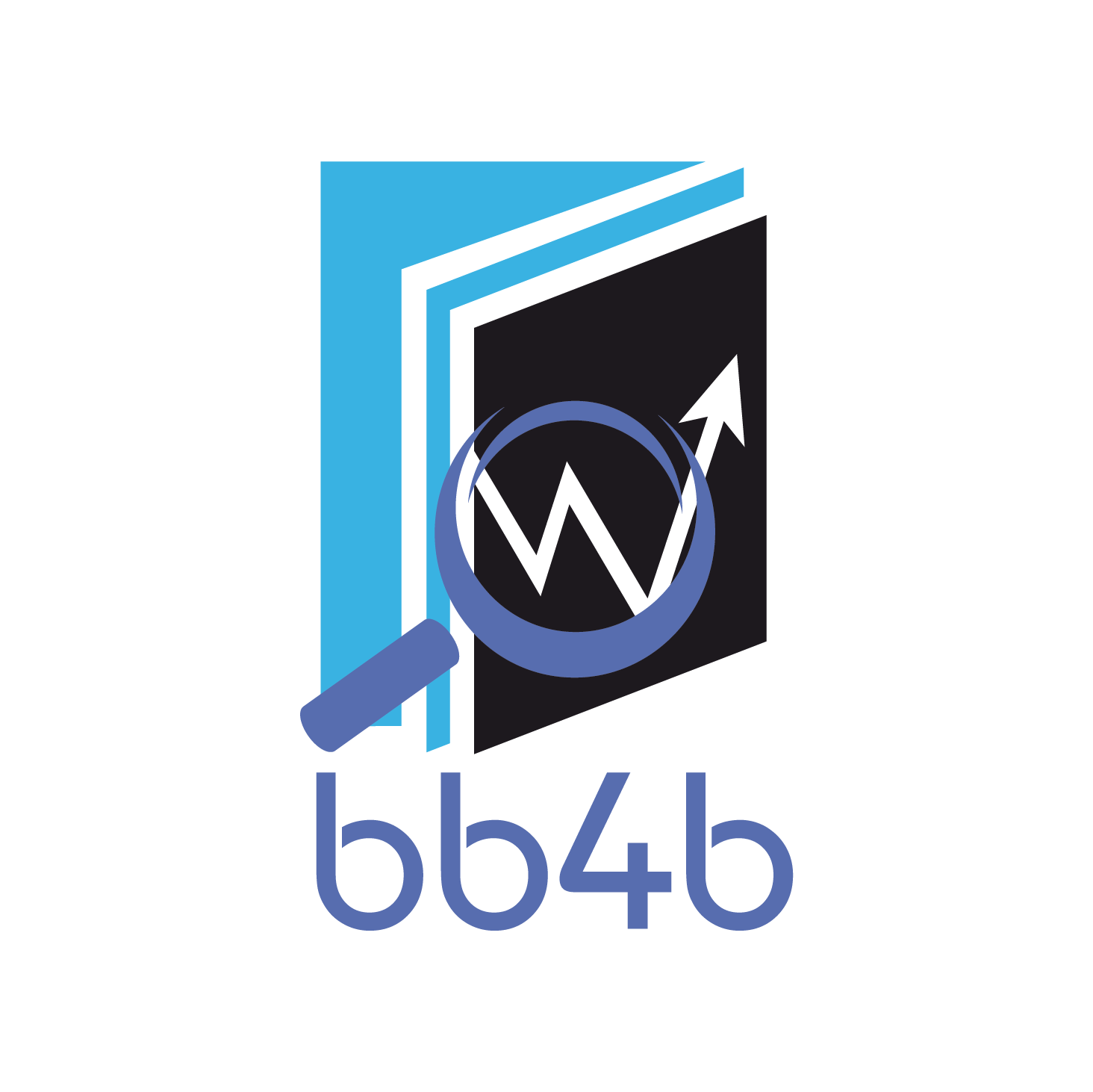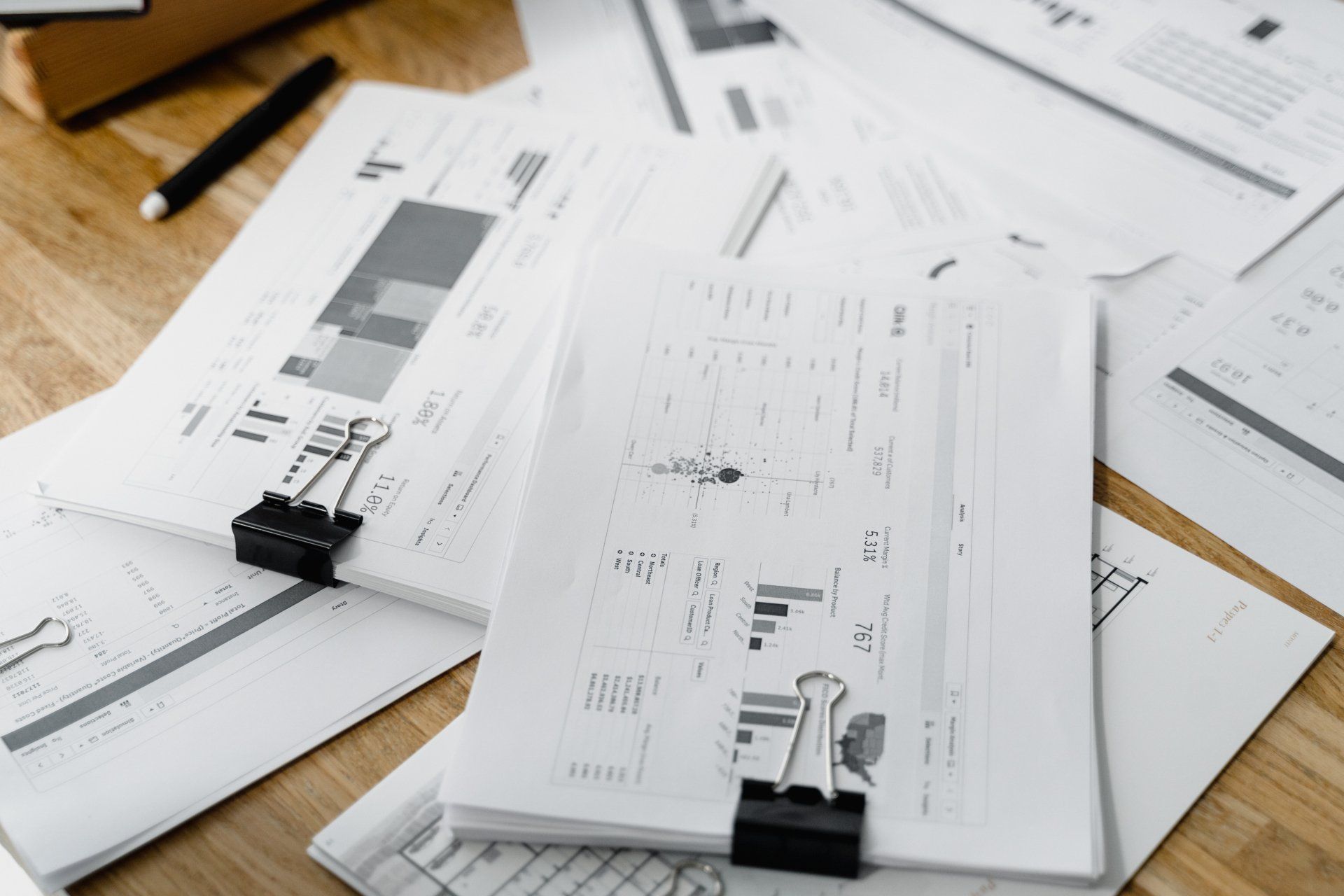Managing your Costs
Managing your costs primarily means thinking about the areas of your business that you can influence, or those that are variable, and those that you can’t do much about….This is a subtitle for your new post
As businesses prepare their books for the end of the financial year, they need to get on top of all their costs. As a bookkeeper I can tell you that managing your costs effectively is the key to the long-term success of your business. Spending wisely and recording while reducing your controllable costs are the major steps to effective budgeting, forecasting and reporting. Failure to do that will eat into your profits.
My advice is first to consider the different types of costs. Note that the same cost may be classified in more than one type as these types are descriptors and not mutually exclusive.
1. Direct costs: Direct costs include material and labour costs covering hourly salaries and wages paid to workers or staff on the job. This includes the cost of regular working hours, overtime hours worked and payroll taxes. Direct costs also include subcontractors and equipment hire, the cost of which cover the investments a company makes in the production of a good or service it sells.
2. Indirect costs: Indirect costs are those not directly producing the product or service. They are also called Overheads. Example rent, utilities, managers salary and administrative expenses like accounting costs
3. Fixed costs: Fixed costs have to be paid regardless of any increase or decrease in the volume of goods or services produced or sold. Generally these are indirect as they don’t apply to the production of goods and services and they have to be paid by the company independent of its operations. Examples of fixed costs include rent, annual salaries, insurance, interest and utilities.
4. Variable costs: Variable costs increase or decrease depending on a company's production or sales volume. This means they rise as production increases and fall when production decreases. Variable costs cover areas like raw materials, production supplies and delivery costs.
5. Semi-variable costs: Semi-variable costs are a mix of both fixed and variable costs. Let’s say for example the company is paying $1000 a month for electricity just to keep the business operating. But as production goes up, so does the cost of electricity. So the business may end up paying $1500 a month.
6. Controllable Costs: As the name suggests, Controllable costs can be controlled like the spend on advertising and marketing, the spend on consultants, the spend on new gadgets.
7. Uncontrollable Costs: Uncontrollable costs are inevitable and must be spent. These might include ASIC fees, depreciation, material, labour, insurance, or rent. The fact that these costs are inevitable does not mean that they cant be reduced. Fixed cost and Uncontrollable costs have a very close relationship. But as a concept, fixed costs are those that cannot be changed or influenced in the short term and must be incurred irrespective of output volumes. Uncontrollable costs are incurred to run the business, but can be influenced in the medium to long term.
Cost Control/Reduction and Budgeting
Costs are inevitable in every business. The business owner needs to differentiate between controllable and uncontrollable costs. That will make their management more efficient and improve cost monitoring.
Cost control and cost reduction are two different but important tools.
Cost control is when you look at whether the spend is necessary and is beneficial. It is when you create spending limits. It includes making a budget so that actual costs are compared with the budgeted costs. If the actual costs are higher than planned, then management needs to reduce this or offset by making savings in other areas to achieve the same bottom line.
Cost reduction aims to identify certain expenditures and reduce them. This is done by reducing consumption or by getting a better price. Shop around for a better utility rate or insurance premium or telephone service provider or a better deal from your material supplier. Typically, cost reduction focuses on generating short-term savings.
Opportunity costs
Opportunity cost is the cost of what is given up when certain decisions are made. If the company had chosen a different direction, how much more money would it make? Can existing resources be used on more profitable tasks and tasks with less contribution (like admin and bookkeeping) can be done by someone else? Outsourcing is a good way to reduce opportunity cost and cut overheads.
Cost tracking
This can be done in several ways.
1. General ledger accounts tracking what the spend was on like material, labour, utilities, rent, telephone, advertising etc.
2. Cost centres determine who spent the money. Like Admin or Sales or Operations.
3. Profit centres determine what the money was spent for. Like an Electrician may be offering Aircon Sales & Installation, Aircon after sales service, Home maintenance and Commercial Maintenance.
4. Projects showing which project incurred the expense or generated the income.
A dollar saved is a dollar earned. I would recommend that to improve your profitability, have a look at all your costs, identify the controllable ones and try to reduce these. Use budgeting and tracking methods to see how you are tracking and take corrective action when indicated. And keep an eye open for a better use of your resources (opportunity costs). Should you need any help, don’t hesitate to contact me.

